

Most of the time, at least one upcoming event (like a concert or sporting event) interests you. But our work and responsibilities come first — and time gets away from us all. As you know all too well — these activities are easy to miss. It can help tremendously to add all your events (large and small) to your personal calendar, so they stay at the front of your mind. Here are six methods to put this into practice so everything you want to do is something you can do.
1. Establish Your Existing Schedule
Before looking up your city’s next Coldplay concert, ensure your current schedule is up-to-date on your chosen calendar app. What duties do you have in the near future, and how essential are they to do at specific times? You’re not making any scheduling movements at this point in time, just clarifying things for your future self.
It’s possible to strike a balance between work and life only with a clear perspective of how you utilize each. You, of course, won’t have much planned too far into the future, but you can now account for both aspects. Once your daily schedule is established, it’s time to begin experimenting with fitting in the fun things!
2. Follow Public Event Calendars
As the world becomes more digital, more organizations are setting up online event calendars for those who are interested. These calendars are precisely like the ones you use, except their schedule is laid out for everyone to see. Usually, there is an option to “follow” or “subscribe,” meaning that you’ll get notified of any changes or upcoming events.
Depending on which calendar app you use, it’s even possible to add events directly to yours, so you have them. If the organizer’s settings and rules permit, you can also mark yourself in attendance as a form of RSVP. These public calendars are ideal because they consolidate all the planning into one platform.
3. Add Events to Your Calendar as You Hear About Them
Social media, alongside a shared calendar, is the best place to keep up with new announcements. However you follow your favorite activities or venues, you should note interesting events immediately upon hearing about them. It’s as simple as saving an Instagram post or taking a screenshot of a tweet. Even (and especially) if you’re not currently in front of your calendar, you’ll have it somewhere for when you do.
You can even go so far as to automate the process if your calendar supports it. For example, specific programs are capable of copying public events into your personal calendar so you can compare them with your plans. Calendars you’re already subscribed to will usually send you notifications as if you created the events yourself.
4. Schedule Every Necessary Step
Don’t worry about adding events to your calendar at first, even if you aren’t sure you can fit them in. The next thing to do is sit down and think about every step of preparing for them, so you know for sure. For example, do you need to travel somewhere, sign up, or get there early for a good spot?
Answer these questions first, so you know how long the event will truly be or when to make specific preparations. Then, schedule everything on your calendar: if tickets go on sale at four o’clock, schedule five minutes to snag them. This also helps you learn in advance how to travel there and how long it will take.
5. Set Up Calendar Notifications
Even with everything planned in advance, your schedule won’t be as effective without proper notifications. While you surely check your calendar several times each day, missing something can throw everything else out of whack. Don’t forget to set up notifications that you know will catch your attention for every step.
You can, for example, arrange for essential events to sound off a loud alarm instead of a quick vibration. As mentioned before, you can also follow shared events and have them notify you of their approach or changes. Keep these calendar apps on your phone and your computer to get notifications as soon as possible.
6. Create Recreational Time Blocks
Not all events are one-offs, so you may need to make more long-term schedule changes to account for them. For example, say there’s a concert series in your city with a new concert playing every Thursday night at eight. It’s not unrealistic to want to go to everyone — it just requires a little time-shifting.
Using your scheduling software’s “month” view, you can drag tasks around to create time blocks for such recreational purposes. This way, Thursday night from seven/eight onwards can always be a time block set aside for concert-going. You can make similar blocks whenever your schedule allows them to make the most of your time.
With so much going on in your life, you naturally miss out on things you wish you didn’t. No matter how old you are, you have responsibilities to fulfill and tasks to complete. Despite this, all hope of attending your favorite event is not lost. Just take the time to examine your calendar, and you can take more time than you ever thought possible.
Image Credit: by Wendy Wei; Pexels; Thank you!


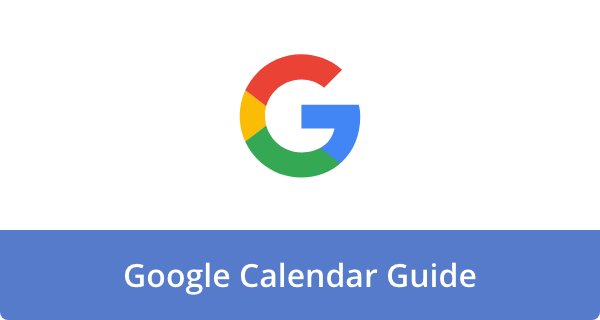

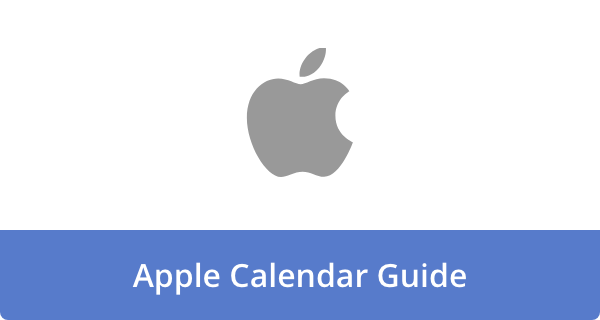

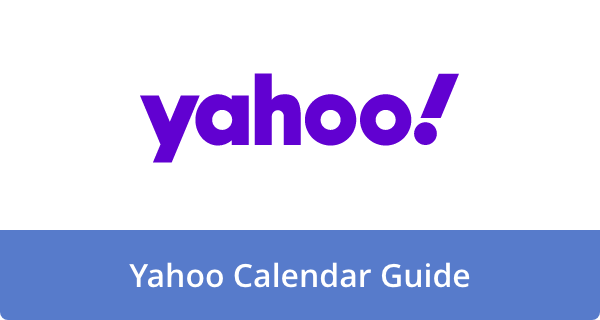

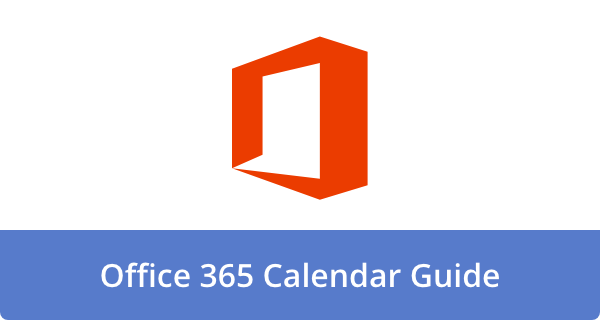

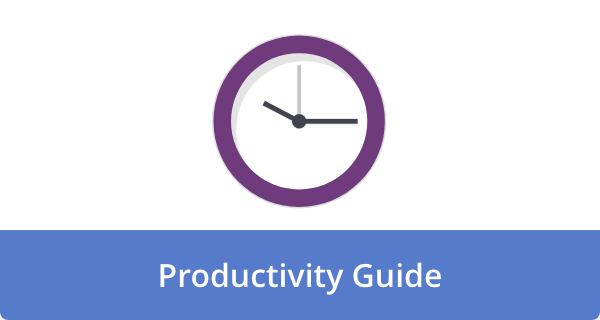







Angela Ruth
My name is Angela Ruth. I aim to help you learn how Calendar can help you manage your time, boost your productivity, and spend your days working on things that matter, both personally and professionally. Here's to improving all your calendars and becoming the person you are destined to become!